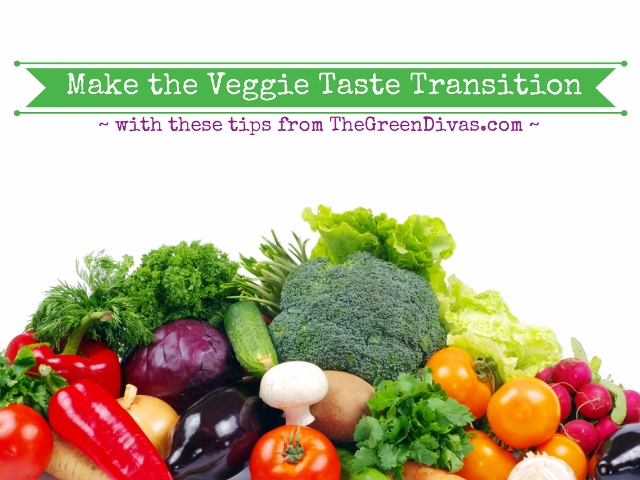Part two of a three part series. Read part one here and listen to the Foodie-Phile podcast at the bottom of this post.
If you’re looking to make a transition from high-calorie, high-sugar, high-meat, and high-fat in your diet—to more leaner eats filled with yummy veggies and fruits—then here’s some ideas for you to get you on the right track.
Learn the veggie art
When you’re looking to make a taste transition to more vegetables and fruits in your diet, one of the challenges can be in learning new tasty ways—a variety of ways—to prepare and present your veggies and fruits so that you enjoy different flavors and find a joyful appetite in making this lifestyle change.
But what if you’re struggling to find comfort in anything other than a carrot, apple or orange? Well, sometimes it’s not the vegetable or fruit but the preparer. This has been brought to mind every time I’ve gone to a higher-end restaurant and am inspired and energized by their creativity. But then I ask myself why can’t I get my veggie dish to taste like that? I have to remind myself that it’s a bit of an art that’s learned over time. Be patient.
For vegetables, often it’s about combining simple flavors like onion, scallions, peppers, garlic, salt, pepper, olive oil, and the veggie for a delectable taste. The Internet has thousands of recipes for delicious vegetable dishes. Surprisingly, though, many of them are simple stir fries. steamed combos, delicious salads or calming soups. None of them require a culinary school degree. But, they do ask you make a little effort.
Drew Vanover says that his wife, who’s a health coach and Pilates instructor, decided to adopt a more plant-based diet and they realized that some veggie-filled recipes simply went “horribly wrong.” He recommends a willingness to keep on experimenting.
He says to be “patient and make small changes that are manageable. Don’t try and change everything at once. For example, choose one meal at a time or one night at a time. Start small and let it grow.”
Less meat is your friend
One of the natural results of focusing on more veggie-and-fruit meals is a reduction in meat. Your aim may not even be to gravitate toward vegetarianism or to be a flexitarian (semi-vegetarian), but that’s often the result. Your taste palette changes a bit, especially if you aren’t supplementing your veggie-filled diet with junk food. Your new tastes, the healthier feel, and the discipline combine for a different focus.
Certainly you need the protein, but the amount and type shifts as you also seek out changes in your protein choices, such as integrating more plant-based proteins into the diet.
The positive outcome of more veggie entrees is a whole new world of tastes that can be almost as healthfully addicting as the bad choices. But whose complaining about that. Your brain loves new taste adventures! Why not give it the healthy kind and enjoy the experience?
Listen to this Foodie-Phile podcast…
Check out the Meatless Monday campaign—an alliance in this pursuit for more veggies.
Created by the Center for a Livable Future (CLF) at the Johns Hopkins Bloomberg School of Public Health, Meatless Monday‘s goal is “to reduce meat consumption by 15 percent for our personal health and the health of the planet.” Their website is full of weekly no-meat recipes and ideas to keep your family healthy. Even if all you did was replace meat once a week on Mondays, you’d have a wonderful adventure with new healthy tastes.
Image from shutterstock.com
[dynamic-sidebar id=’Custom Widget 2′]

Pingback: A Vegetable Growing Cheat Sheet (infographic) | Care2 Healthy Living
Pingback: Eat Drink Better | Healthy recipes, good food: sustainable eats for a healthy lifestyle!
Pingback: Juicing & Smoothie-ing Tips & Recipes | Care2 Healthy Living